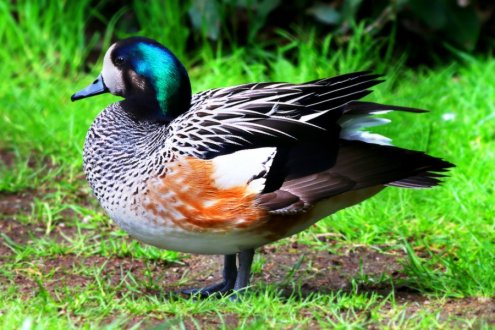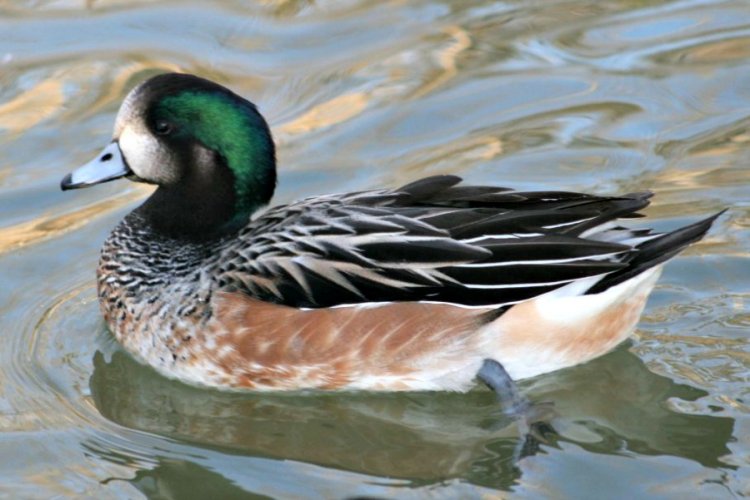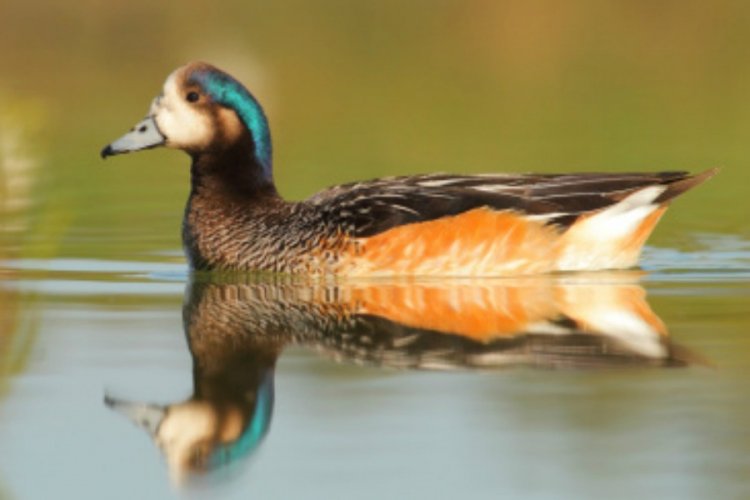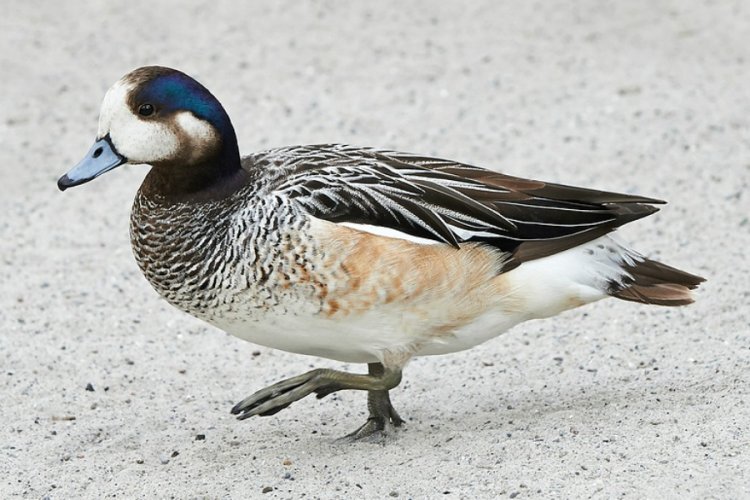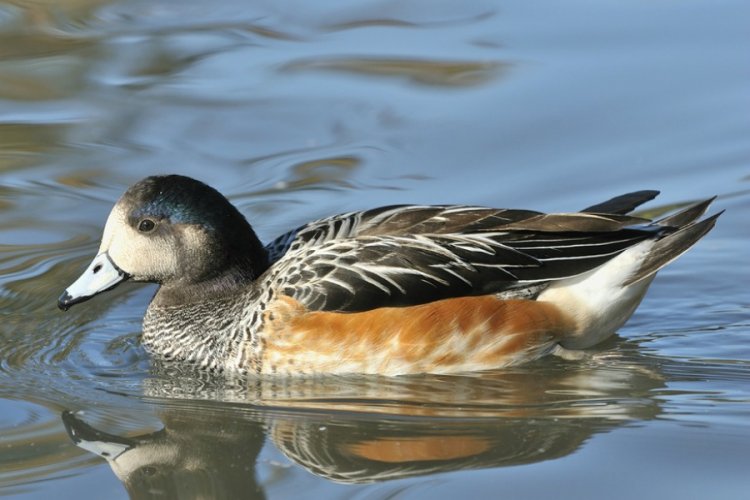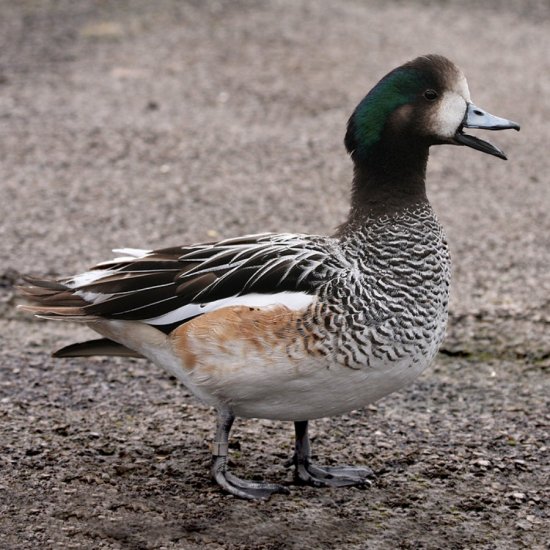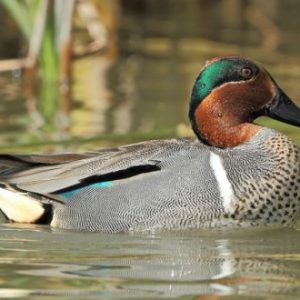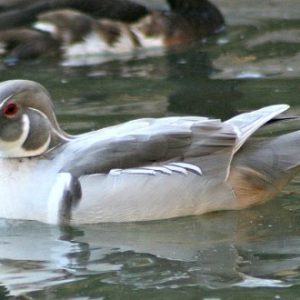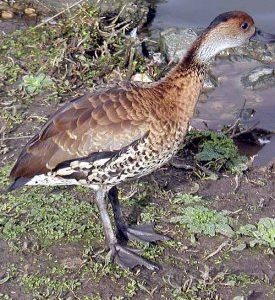Chiloé Wigeon Ducks
Anas sibilatrix
The Chiloé Wigeon is a great duck for beginners. They are not aggressive, easy to breed in captivity, winter hardy, and great for mixed flocks.
Males and females are similar in coloring, though females are slightly duller and have a gray wing patch where males have a white wing patch. Both sexes have a gray bill with a black tip and gray legs. Their chests are barred black and white; the flanks of drakes are rust-colored and light brown on the hens. Both sexes have an iridescent green cap and white cheeks and forehead.
Range: Chiloé Wigeons are native to the southern part of South America with a range from Argentina to southern Brazil. The Chiloé Wigeon is one of few waterfowl to swim the Drake Passage between the tip of South America and Antarctica. Though the northern border of their range in Argentina, “strays” have been spotted as far north as southern Georgia in the US.
Habitat: These ducks live on freshwater lakes, marshes, and slow-moving rivers. They love to graze.
Status in the Wild: The wild population of Chiloé Wigeons is stable and consists of over 500,000 adults.
Status in Aviculture: The Chiloé Wigeon was first bred in captivity in the 1800s, and was introduced to Europe in 1870. Because it is an easy to breed and nonaggressive species, it has been popular in waterfowl collections and zoos since then.
Breeding and Incubation: Ducks form monogamous pairs. They build nests in grassy areas but will also use a nest box if it is available. Hens begin laying in April, usually laying 8-10 cream-colored eggs. Eggs are incubated for about 25 days. Drakes will often help rear the young. Juveniles look similar to hens, and have adult plumage after one year, though they may not begin breeding until the second year.
Lifespan: Chiloé Wigeons usually live between 20 and 30 years.
Mature Weight: A small breed in general, the average weight of an adult is about 2 pounds.
Housing Requirements: As waterfowl, Chiloé Wigeons need a water source. They do perfectly well in mixed collections, so housing them with other varieties of ducks is fine.
Diet: This breed is omnivorous, but tends to prefer vegetation to insects, therefore, plenty of room to graze is necessary. They also need fresh water such as a pond or lake. Additionally, they can be fed waterfowl or game bird feed.

